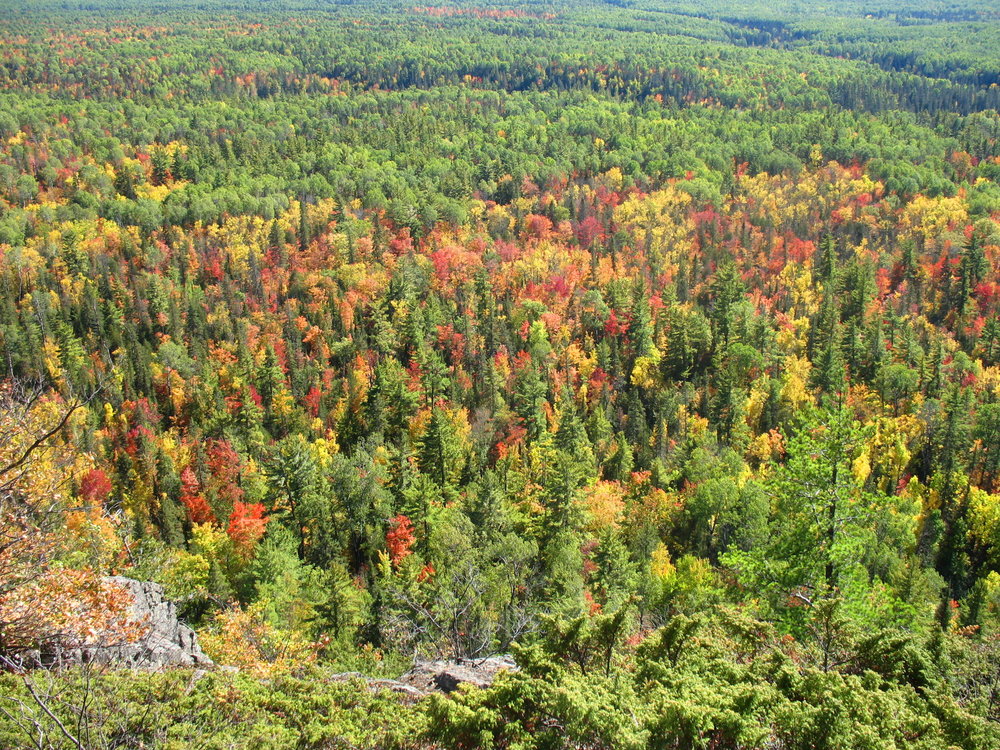I recently joined the Soil Science Society of America. They have published a fabulous book called 'Know Soil Know Life" - designed as a textbook for middle/high school students. Here's some of the points they make.
Soils Overview - Provided by the Soil Science Society of America
Soils are complex mixtures of minerals, water, air, organic matter, and countless organisms that are the decaying remains of once-living things. It forms at the surface of land – it is the “skin of the earth.” Soil is capable of supporting plant life and is vital to life on earth.
Soil is formally defined by the Soil Science Society of America as : "the unconcolidated mineral or organic material on the immediate surface of the earth that serves as the natural medium for the growth of land plants". The second part of the definition is "the unconcolidated mineral or organic matter on the surface of the earth that has been subjected to and shows effects of genetic and environmental factors of: climate (including water and temperature effects), and macro- and microorganisms, conditioned by relief, acting on parent material over a period of time.

So, then, what is DIRT?
Dirt is what gets on our clothes or under our fingernails. It is soil that is out of place in our world – whether tracked inside by shoes or on our clothes. Dirt is also soil that has lost the characteristics that give it the ability to support life – it is “dead.”
Soil performs many critical functions
in almost any ecosystem (whether a farm, forest, prairie, marsh, or suburban watershed). There are seven general roles that soils play:
1. Soils serve as media for growth of all kinds of plants.
2. Soils modify the atmosphere by emitting and absorbing gases (carbon dioxide, methane, water
vapor, and the like) and dust.
3. Soils provide habitat for animals that live in the soil (such as groundhogs and mice) to organisms (such as bacteria and fungi), that account for most of the living things on Earth.
4. Soils absorb, hold, release, alter, and purify most of the water in terrestrial systems.
5. Soils process recycled nutrients, including carbon, so that living things can use them over and
over again.
6. Soils serve as engineering media for construction of foundations, roadbeds, dams and buildings, and preserve or destroy artifacts of human endeavors.
7. Soils act as a living filter to clean water before it moves into an aquifer.